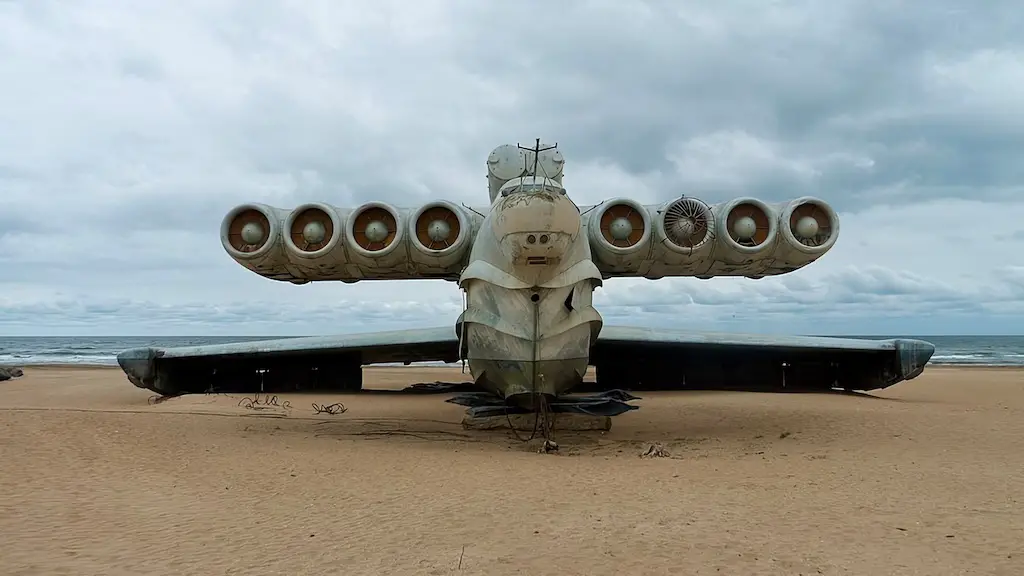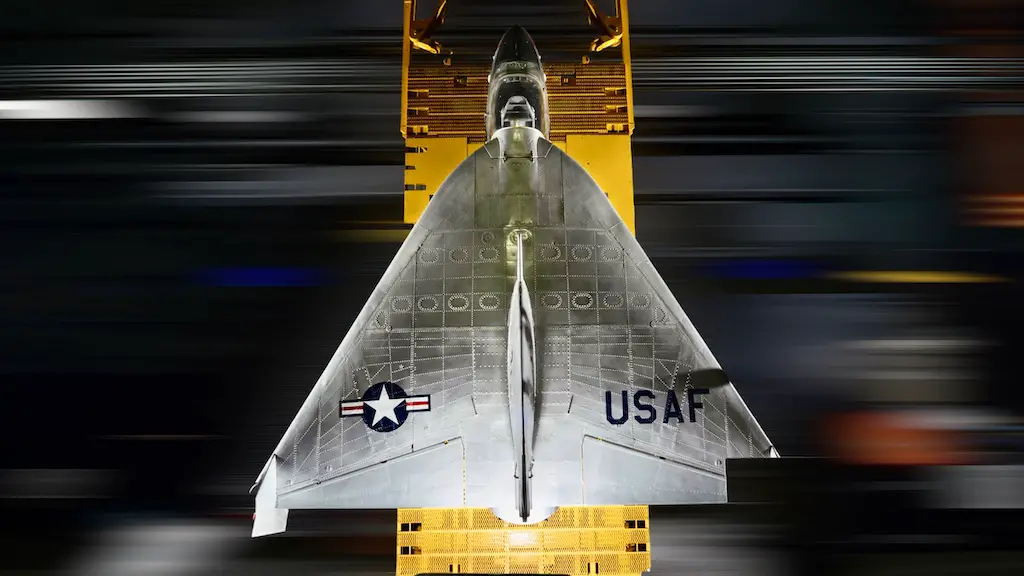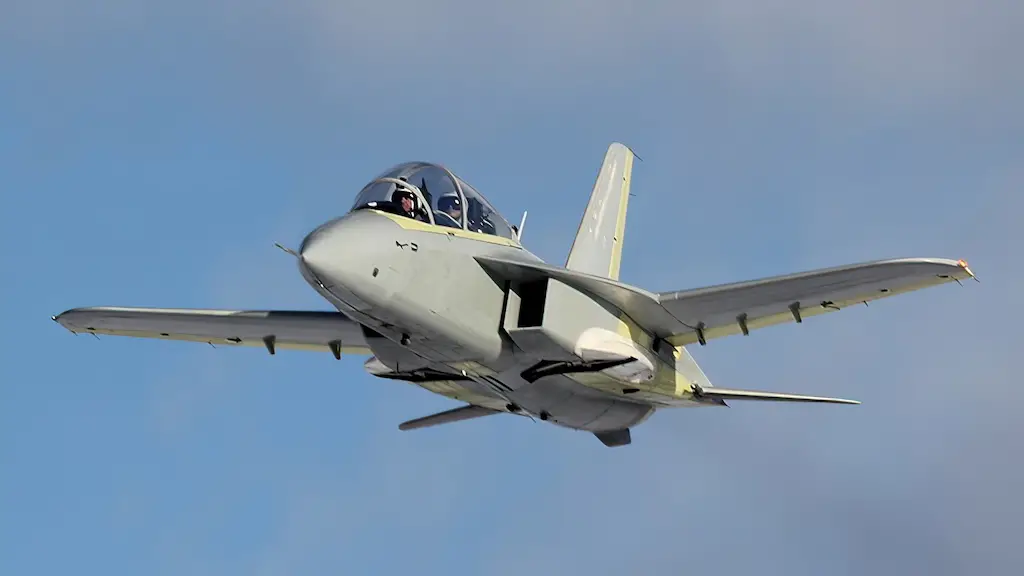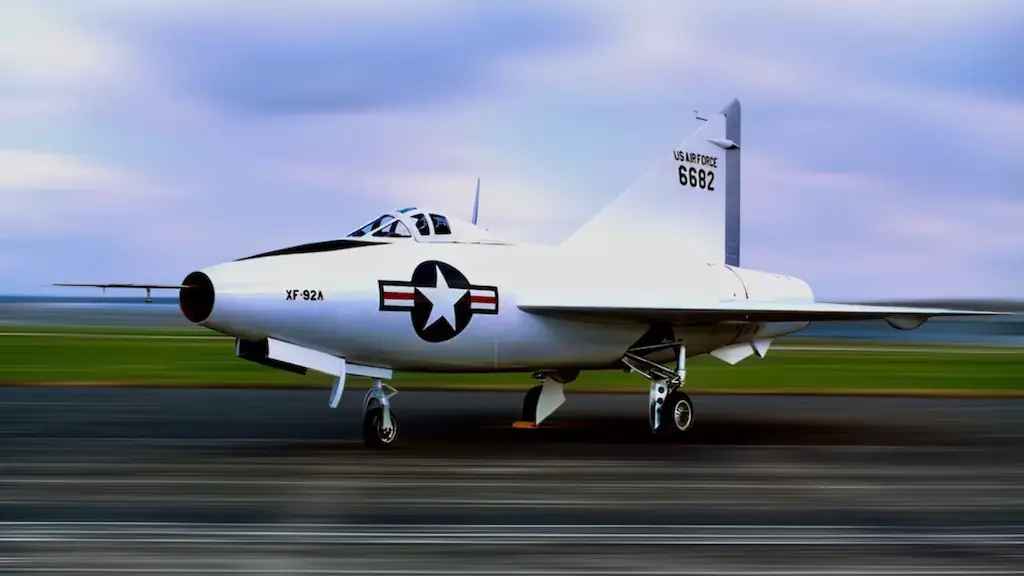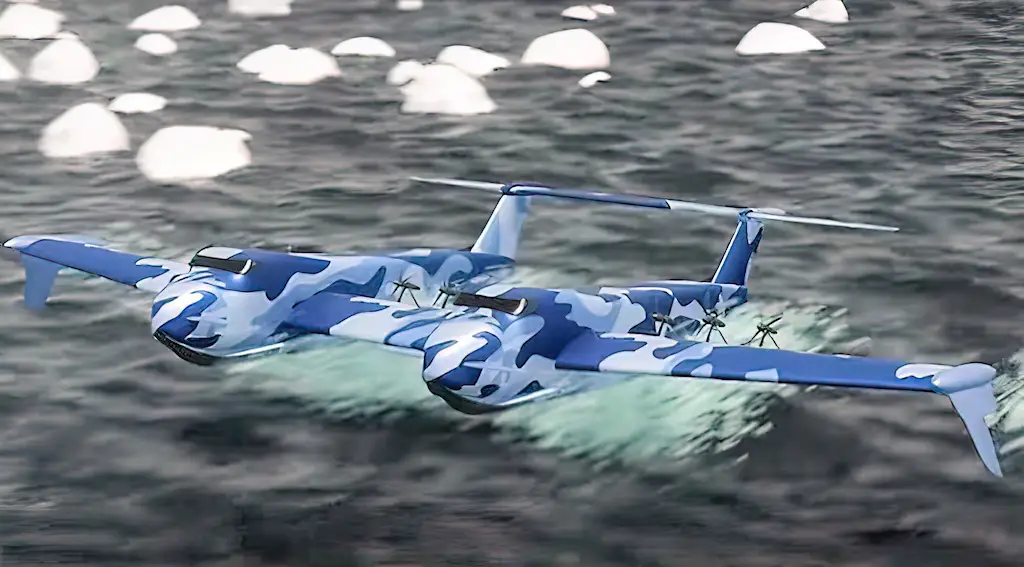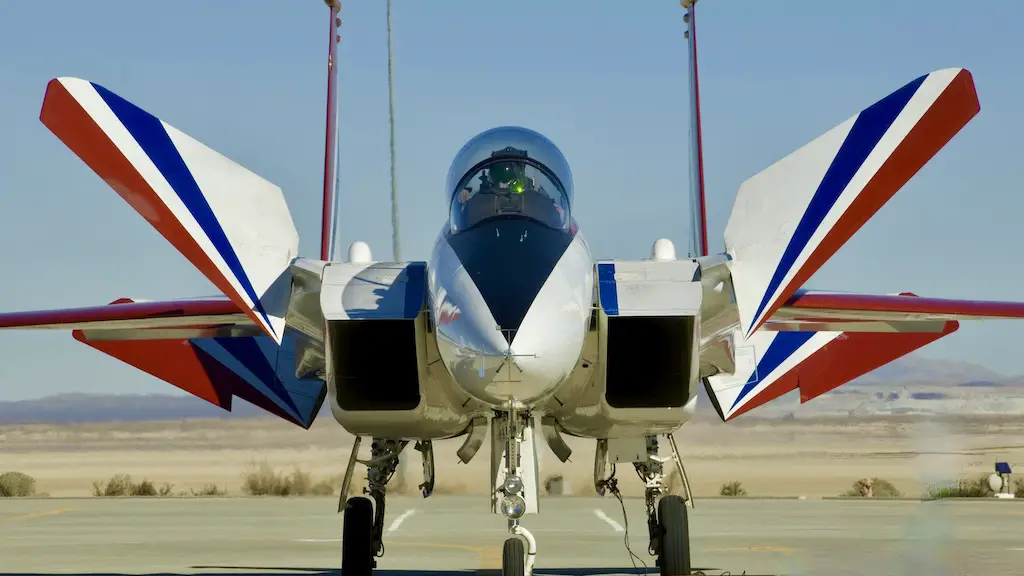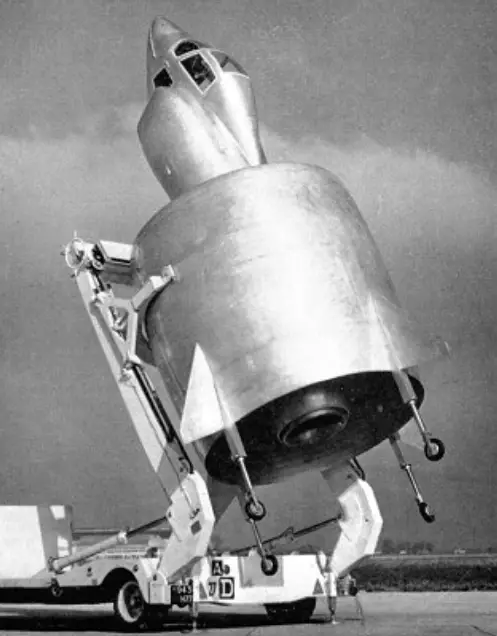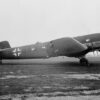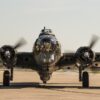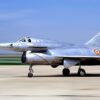Vertical takeoff jets have been less popular due to the complexity and economic feasibility of their design. Late 1950s saw one of the most audacious attempts at creating a conceptually new aircraft that wouldn’t need a runway. That creature was called Coléoptère, which is French for ‘beetle.’ It looked pretty much like one, too.
When tail-sitters were the craze of the day
Coléoptère featured the so-called tail-sitter configuration and was thus a product of its age. Germans tried building such aircraft during WWII, and American designers experimented with the concept throughout the 1950s. The approach was largely inspired by the idea that runways present a very conspicuous target and are likely to be struck and rendered inoperable soon after the start of a large-scale conflict. Thus, whoever had a fleet of VTOL interceptors taking off from unexpected locations would gain an edge over the adversary.
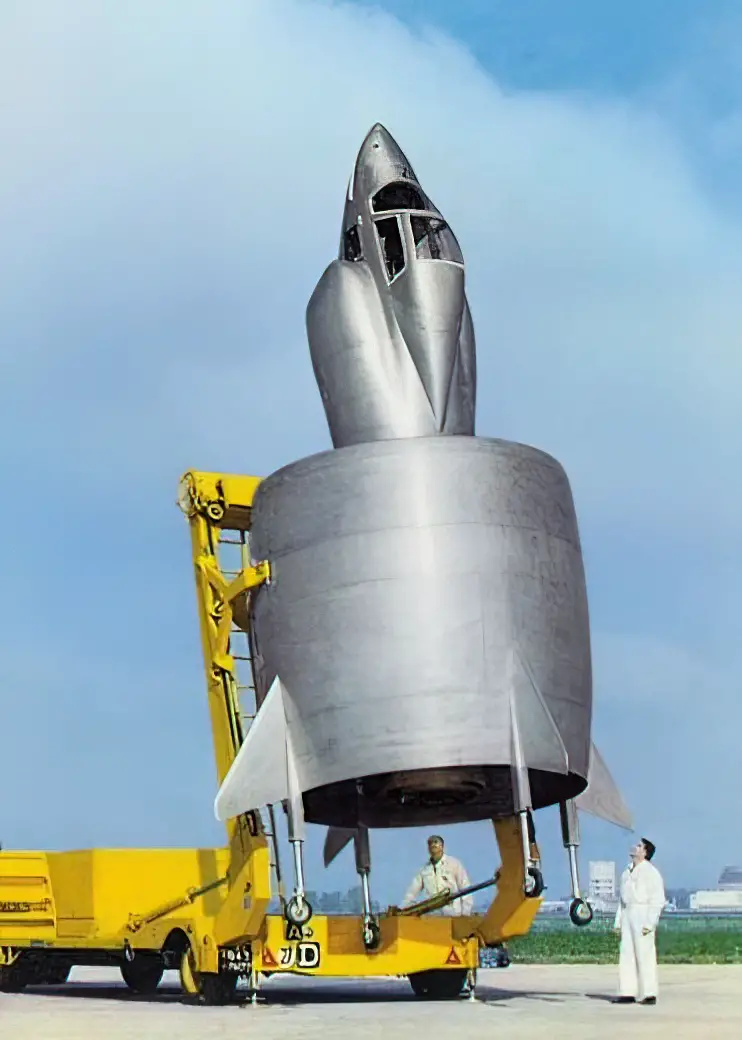
The cylindrical wing
Despite Coléoptère’s many similarities with its tail-sitting contemporaries, it employed a way more radical design than any of them. Coléoptère featured the cylindrical wing, initially conceived by Austrian engineer Helmut von Zborowski. He argued that a doughnut-shaped wing could reduce drag and, if, merged with the engine could also function as ramjet.
Early successes
French engine manufacturer SNECMA (Société Nationale d’Études et Construction de Moteurs d’Aviation) started R&D work to create its own VTOL aircraft as early as 1952. In the following years it built the C400 P1, C400 P2, and C400 P3 prototypes known together as the Atar Volant series. They didn’t have any wings at all, as their main purpose was testing the control of the aircraft while it took off vertically and hovered over the ground using the power of the jet engine. Although the results of those test weren’t ideal, they were good enough to proceed to the next stage and build a winged prototype.
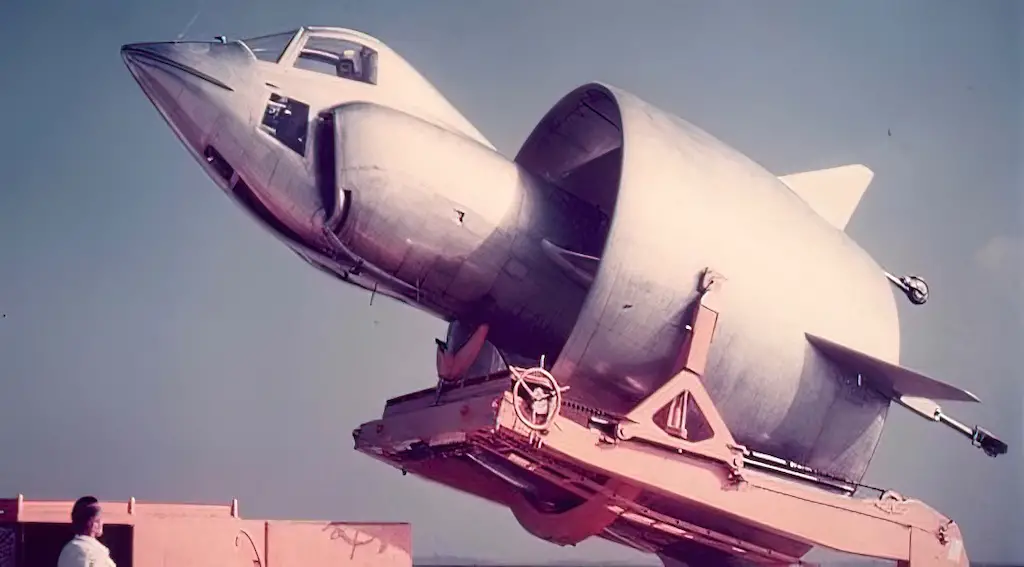
In early 1958 the fourth prototype, C450, arrived for tests at the Melun Villaroche airfield. The C450’s airframe built for SNECMA by Nord-Aviation featured Zborowski’s cylindrical wing. It had deflecting vanes in the engine exhaust for maneuvering during takeoff and landing, four fins mounted on the outer side of the annular wing for horizontal flight and two retractable canards in the nose to facilitate the transition between horizontal and vertical phases. Coléoptère was also equipped with a tilting seat, allowing the pilot to remain in the upright position both in vertical and horizontal flight.
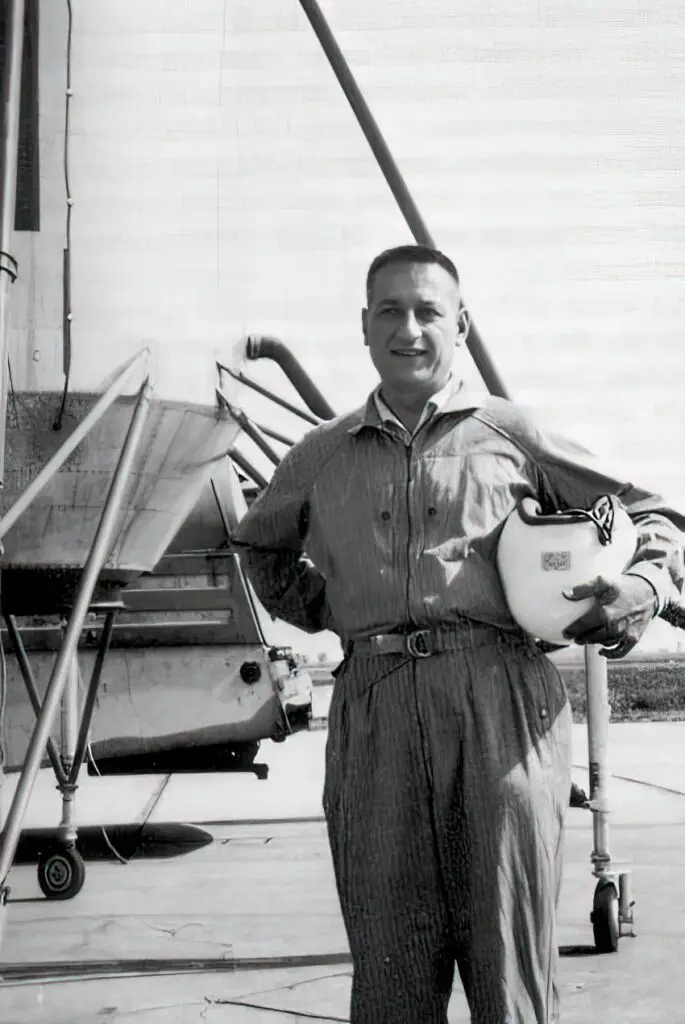
Expectations vs reality
However, actual flight tests of the Coléoptère were far from successful. It got as high as 2,625 ft, but the aircraft had a tendency to spin around its vertical axis. The C450’s controllability during landing also left much to be desired.
Most importantly, C450 never demonstrated a successful horizontal flight. On July 25, 1959, when it rose into the air for the ninth and last time, the Coléoptère actually spent some time in horizontal flight before crashing. But that surely doesn’t count as ‘successful.’ The aircraft went wildly out of control and the test pilot barely escaped death by ejecting at just 160 ft. The ‘beetle’ burned down and no money was allocated for building more prototypes.

